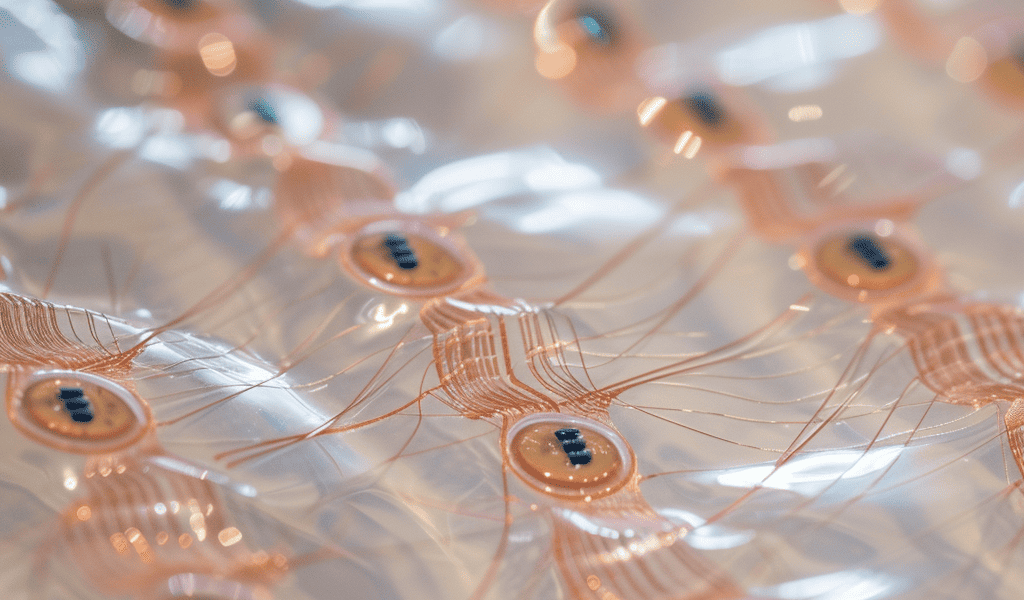This week, a groundbreaking development in the field of neuroscience has been announced. A team of researchers from the Harvard John A. Paulson School of Engineering and Applied Sciences, in collaboration with The University of Texas at Austin, MIT, and Axoft, Inc., has successfully developed an implantable device capable of recording the activity of individual neurons in the brain over extended periods of time.
The significance of this achievement lies in its potential to advance our understanding of neural circuits, facilitate the development of innovative medical device-based therapies, and pave the way for high-resolution electrophysiological information required for future brain-computer interfaces.
Traditionally, the tradeoff between the capacity of implanted devices to capture high-resolution information and their longevity has posed a significant challenge. While rigid silicon implants can gather extensive data, their short-term viability within the body limits their effectiveness. On the other hand, flexible, smaller devices, although less intrusive and longer-lasting, offer only a fraction of the available neural information.
Addressing this dilemma, the interdisciplinary research team has introduced a soft implantable device equipped with numerous sensors capable of stable recording of single-neuron activity in the brain for months. The device, developed using fluorinated elastomers, represents a significant leap in the field of brain-electronics interfaces, offering single-cell resolution and enhanced biological compliance compared to traditional materials.
The lead author of the paper, Paul Le Floch, emphasized the potential of this innovation to revolutionize the design of bioelectronics for neural recording and stimulation, as well as for brain-computer interfaces. Le Floch, currently the CEO of Axoft, Inc., a company co-founded by him, Liu, and Tianyang Ye, has taken the lead in further developing the technology, which has been licensed to Axoft by Harvard’s Office of Technology Development.
The utilization of fluorinated elastomers has been instrumental in overcoming the tradeoff between high-resolution data rate and longevity. These materials, known for their resilience, stability in biofluids, excellent long-term dielectric performance, and compatibility with standard microfabrication techniques, have paved the way for this remarkable advancement in implantable neural recording devices.
This achievement marks a significant milestone in the field of neuroscience and holds immense promise for the future of medical treatments and brain-computer interfaces. The successful development of this soft implantable device represents a critical step forward in unlocking the mysteries of the human brain and harnessing its potential for transformative healthcare solutions.





